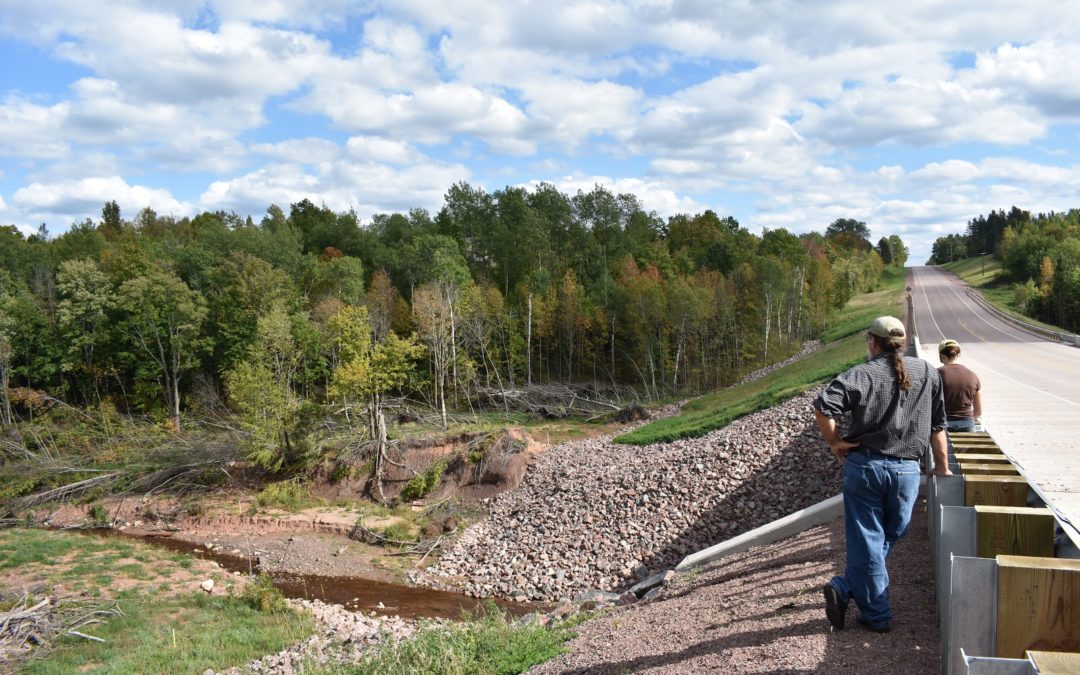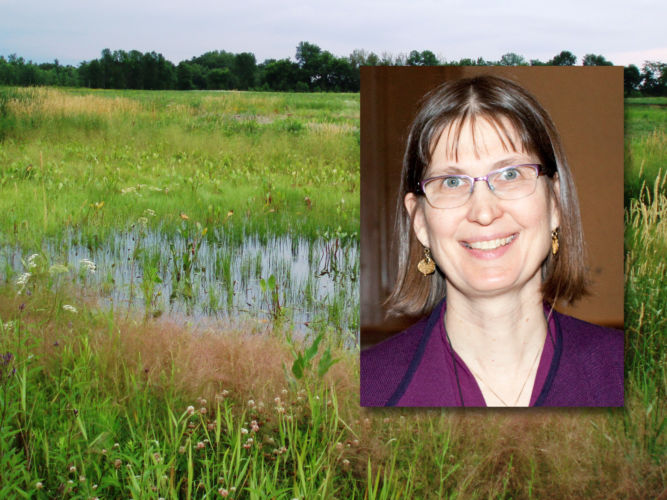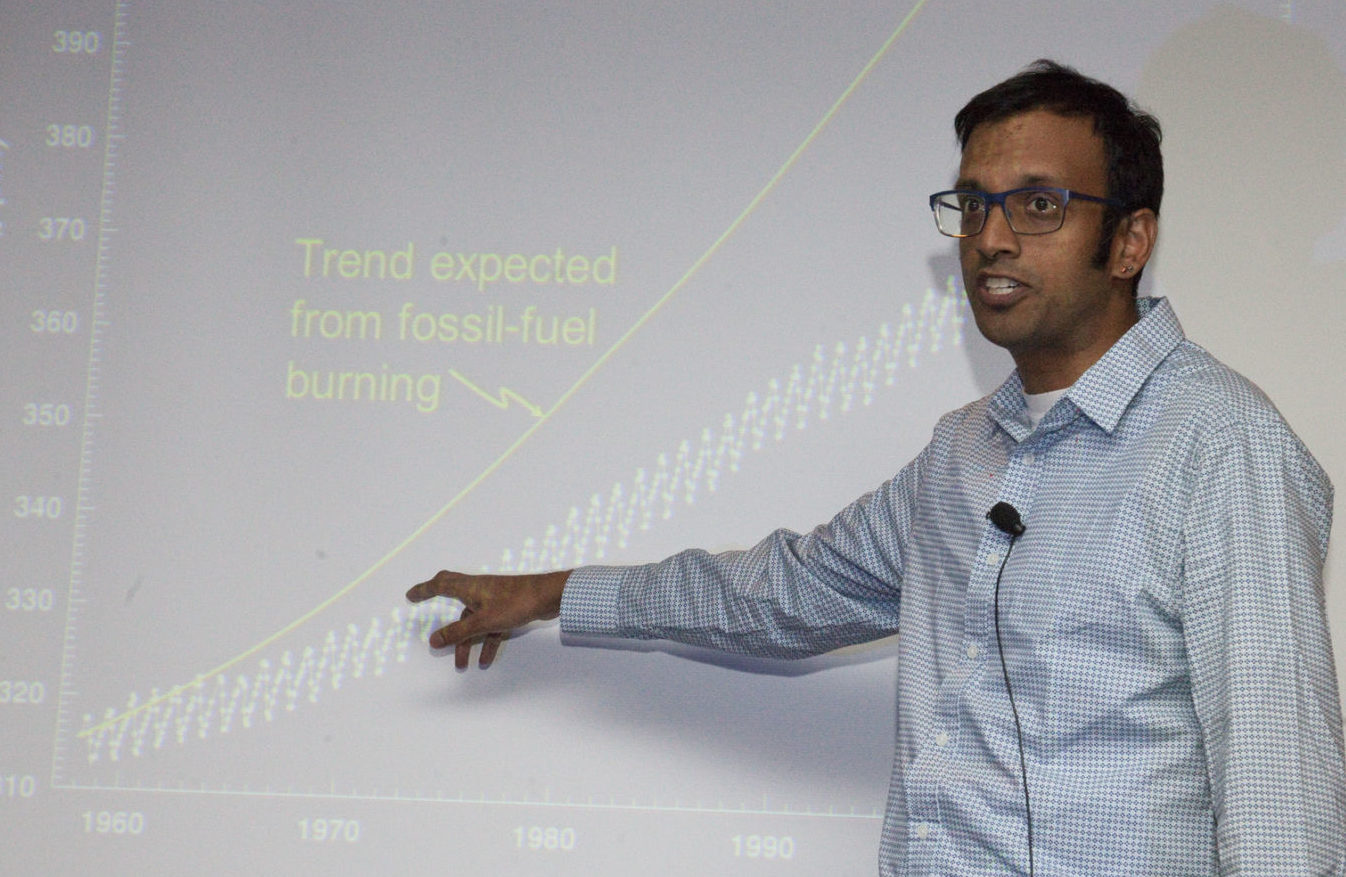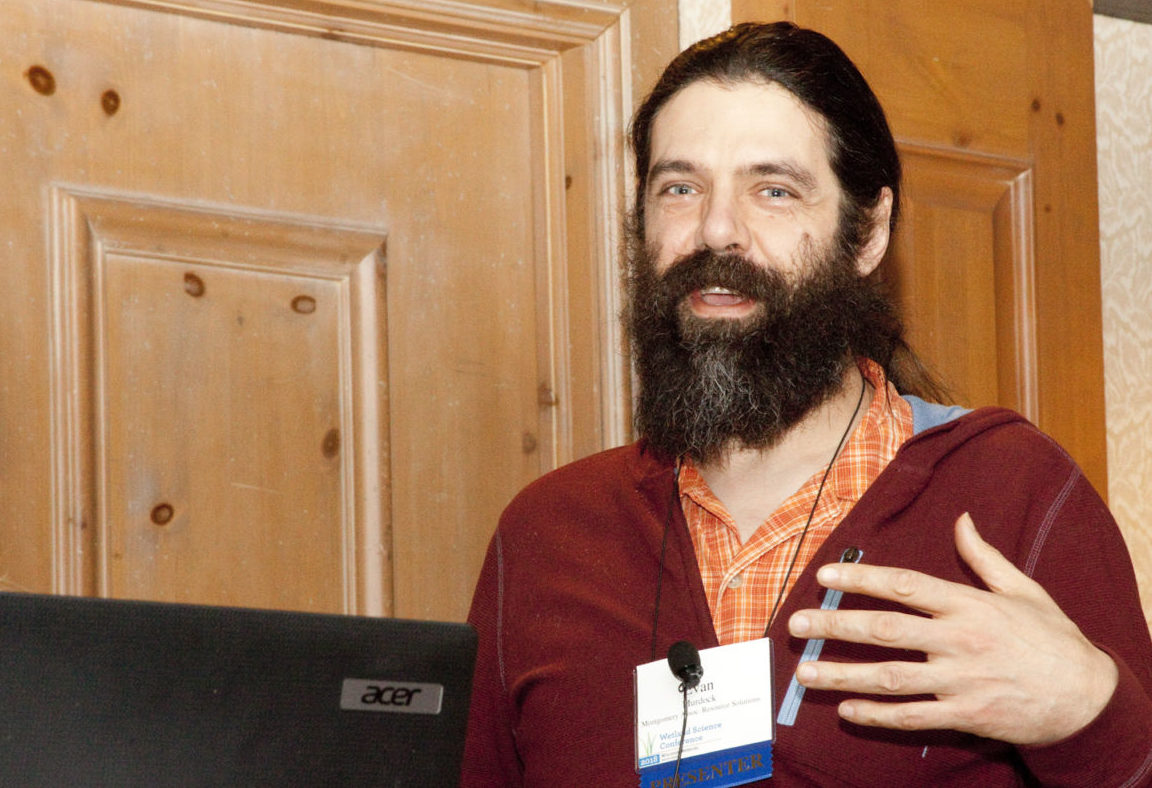Wisconsin-based climate modelers tell us to expect an increase in both the frequency and intensity of severe storms across much of the state. With so many Wisconsin communities already struggling to address flooding and runoff-related water quality concerns, the need for affordable and effective water management adaptations grows more urgent all the time. Strategic wetland restoration offers a great promise as a tool to increase community resilience to severe storms, but it is not yet recognized or widely utilized as a pro-active flood abatement and water quality improvement practice.
A major barrier to implementing more strategic wetland restoration is that the scientific community as yet has a poor understanding of the relationship between wetland loss and degradation, flood hazards, and water quality declines. We need more case studies to highlight these relationships and to help communities strategically re-establish the many protective services wetlands provide.
A new project managed by our Local Government Outreach Specialist, Kyle Magyera, has set out to build that case. In response to the severe storms that inundated a large portion of Wisconsin’s Lake Superior Basin in July 2016, WWA secured funding from the Wisconsin Coastal Management Program to explore the relationship between altered wetlands and flood damages in the region.
Ankur Desai examines wetlands’ ability to sequester carbon, and what it means for climate change.
Evan Murdock examines an uncertain variable in climate change; groundwater.




